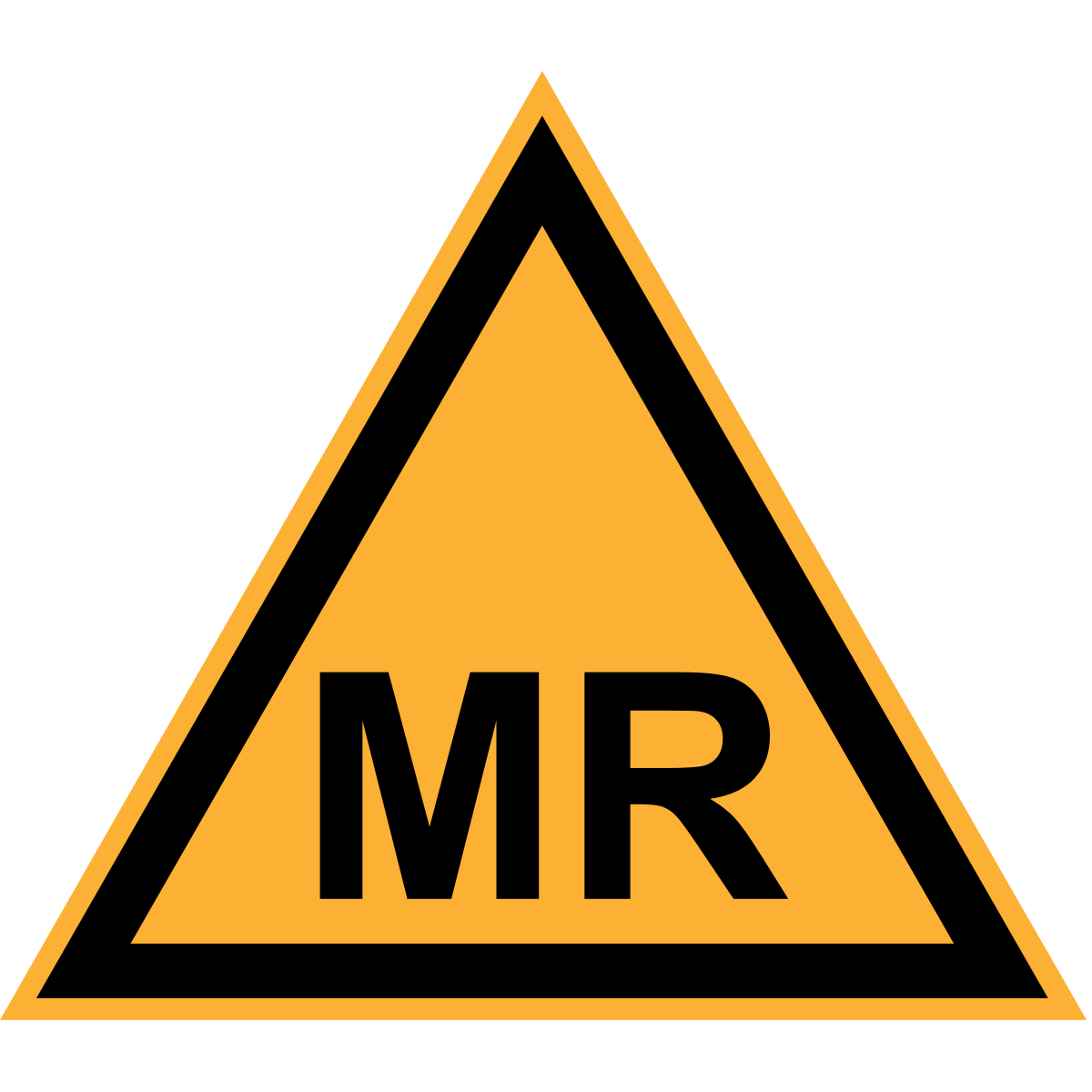Important safety information for patients
Intended Use:
The Enterra® Therapy System is an implanted device that provides gastric stimulation to treat chronic, intractable, nausea and vomiting that is not well treated by drugs or other means in patients aged 18 to 70 years caused by diabetes or an unknown origin.
Contraindications:
Enterra Therapy is only for patients who are healthy enough for surgical procedures and/or anesthesia. Once implanted, patients need to avoid diathermy, which is deep heat treatment from electromagnetic energy, as it may cause injury or device failure.
Warnings:
Enterra Therapy has not been studied in pregnant women, patients under the age of 18, or over 70. Issues may occur if the system interacts with other implanted devices such as pacemakers. Patient injury or device failure may be caused by other medical treatments such as electrocautery, defibrillation/cardioversion, therapeutic ultrasound, or radiofrequency (RF)/microwave ablation. Patient activities may cause shocking or jolting sensations.

The Enterra II System is MR Conditional. This means that patients with the Enterra II System can safely have MRI examinations of some body parts under certain conditions. Consult your doctor to determine if you are eligible for MRI examination.
Risks:
Potential risks include infection, pain at the surgery site, allergic or immune system response, lead and bowel twist together, device wearing through the skin, bruising, bleeding, loss of therapeutic effect, jolting, shocking, burning sensation, gastrointestinal or stomach issues, loss of therapy due to component failure or battery wear out, or perforated stomach which may cause life-threatening blockage or infections that require immediate medical attention including surgery. Risks can be minimized by avoiding activities such as sudden, excessive, or repetitive bending, twisting, bouncing, or stretching.
Humanitarian Device:
Authorized by Federal law for the intended use described above. The effectiveness of this device has not been demonstrated.
Always discuss potential risks and benefits of the device with your physician.
For further information, please contact Enterra Medical at info@enterramedical.com.
Rx Only.
What is a humanitarian device?
A humanitarian device is a medical device specially designated by the US Food and Drug Administration (FDA) for use in the treatment of a rare medical condition (fewer than 8000 new cases per year in the United States). The FDA requires that any physician who wishes to use the device to treat a patient must first obtain approval from the hospital’s institutional review board. The Enterra Therapy System was designated as a device for humanitarian use by the FDA in 1999.
After Enterra Therapy was designated for humanitarian use, a Humanitarian device exemption application was submitted to the FDA. This type of application is not required to contain the results of scientifically valid clinical investigations demonstrating that the device is effective for its intended purpose. However, it must contain sufficient information for the FDA to determine that the device does not pose an unreasonable or significant risk of illness or injury and that the probable benefit to health outweighs the risk of injury or illness from its use, taking into account the probable risks and benefits of currently available devices or alternative forms of treatment. Also, the applicant must demonstrate that no comparable devices are available to treat or diagnose the disease or condition, and that the applicant could not otherwise bring the device to market. Once the FDA approved the Humanitarian Device Exemption in 2000, the Enterra Therapy System was then manufactured and distributed in the United States.
Disclaimer: This page may include information about products that may not be available in your region or country. Please consult the approved indications for use. Content on specific Enterra Medical products is not intended for users in markets that do not have authorization for use.
MKT-D-0003, Rev U
